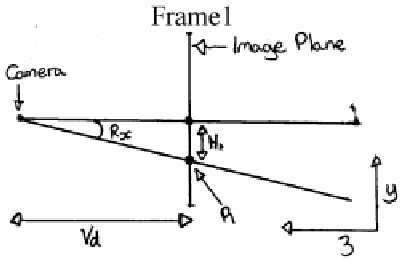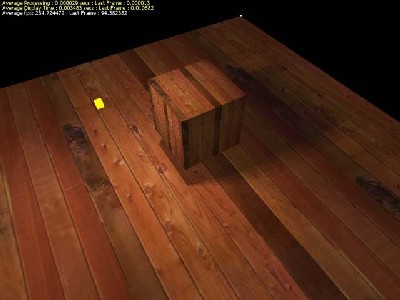Real-time Collision Detection using Polygonal Patches
Collision detection is a major processing bottleneck in all real time physics simulators. Many developments have been made to increase the efficiency of this extremely arduous and expensive task, featuring many inventive techniques and methods of data processing. Some of these structure the data cleverly, some of them tend to reshape and truncate objects to mathematically simplify to their evaluation. This project aims to fill a niece pocket where there is possibly still more performance to be gained from some interesting polygonal trickery, without losing any of the integrity of the original collision shape. Through a specific patching algorithm, and collision detection functions which use it, the three programs demonstrate each process of the creation and use of the modified models.
Real-Time Deformation for Computer Games

This paper looks at the various methods available for the implementation of real-time deformation for use in computer game environments. We will analyse a number of published methods and we will examine how these methods can be used to produce real-time deformation in future game developments.
Camera Tracking Systems

There are many different ways to approach the recovery of a camera position in three dimensional space. Most modern methods use the information presented from the scene’s two-dimensional projection on the image plane (screen), as opposed to using mechanical devices controlling the live-action camera’s motion. The final system that is illustrated in this paper is a piece of software which manipulates information given by the user and from a tracking program (which is also outlined in this paper). The tracking program determines the concurrent positions of reference points, on the image plane, that make up a recognisable feature. The basic feature that is being tracked in this system is a set of three points, on a planar surface, which define two perpendicular, intersecting lines (such as the top and side edges of a window or poster). This means that only three points need be tracked by the computer.
Real Time Lighting and Shadow Methods in OpenGL

The purpose of this project is to investigate a number of real time graphical effects primarily concerned with the difference between pre-calculation and dynamic effects. The two major areas of research have been into performing lighting calculations outside of the normal openGL renderer, in order to investigate whether it is possible to create a higher visual quality. The second has been into investigating real time shadows and effects.
Real-Time Rendering Techniques (Realistic and Non-Realistic)

A dramatic increase in the processing power and graphics capabilities of modern games systems has led to a demand for an increase in realism in their visuals. For the most part, game developers have responded by simply throwing more polygons and textures into the scene. Even most of the clever lighting and atmosphere trickery such as smoke, fires, and light halos are either textured polygons or images composited into the scene.
Real-Time Character Animation for Computer Games

The importance of real-time character animation in computer games has increased considerably over the past decade. Due to advances in computer hardware and the achievement of great increases in computational speed, the demand for more realism in computer games is continuously growing.
